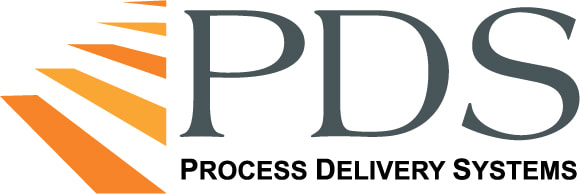|
Work is not done until the practitioner can understand the processes.
0 Comments
21st-Century Digital Document Navigation Style Guide 21st-Century digital document design improves navigation and readability of proposals, consulting reports, technical and procedural documents. Today’s technology enables readers to easily consume more information faster. Technical mobility enables access to important business PDF documents at any time on just about any device. Using traditional document design slows down the mobile reader’s ability to navigate through digital documents to consume information. Smart use of today’s document design functions helps readers to effortlessly navigate through and consume critical information presented in PDF formatted proposals, consulting reports, technical, and procedural documents. One reviewer's comments, "I really like problem/solution you have crafted. And yes, I can relate..! So many times I have read and then given up on an e-doc for the reasons you cited. The format you propose is much better. I can see that it saves time, but more than that it addresses the issue of folks given up on reading through lengthy e-docs that though they contain good content the poor design of the document (those walls of text) turn readers away." Our first project in this area was to help a public safety geographical information systems data (address data) client improve their team’s productivity by eliminating the extensive time wasted scrolling through digital policies and procedures in search of desired content. We provided a solution produced in Microsoft Word and Adobe Acrobat. We provided a prototype, design guide, and 2 training sessions. The director agrees that this model has enabled his team to recapture a substantial amount of time from scrolling through documents and has redirected that effort to more productive activity. Since then, we’ve captured and analyzed the navigation of thousands of digital documents from industry, government, professional associations, businesses, etc. We tested a number of these PDFs along with improvements we learned for our design. Our testing involved having reading audiences open PDFs on their choice of device. We focused on how easily it was to:
Digital Document Design Cons:
Digital Document Design Pros:
Downloadable Examples:
|
Archives |
About PDS |
Product |
Resources |
Top Downloads |
Copyright 2020 © Process Delivery Systems. All Rights Reserved.

